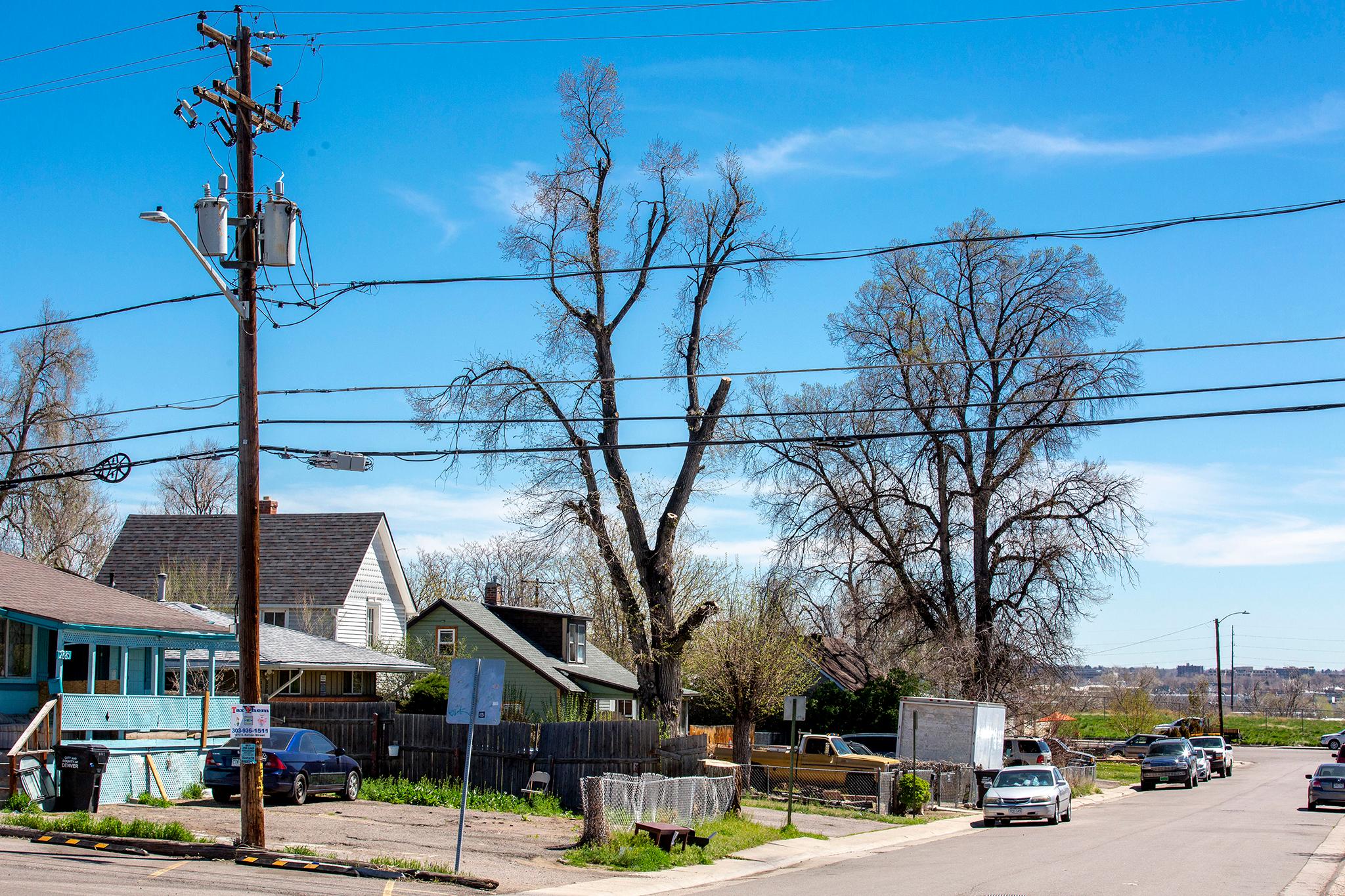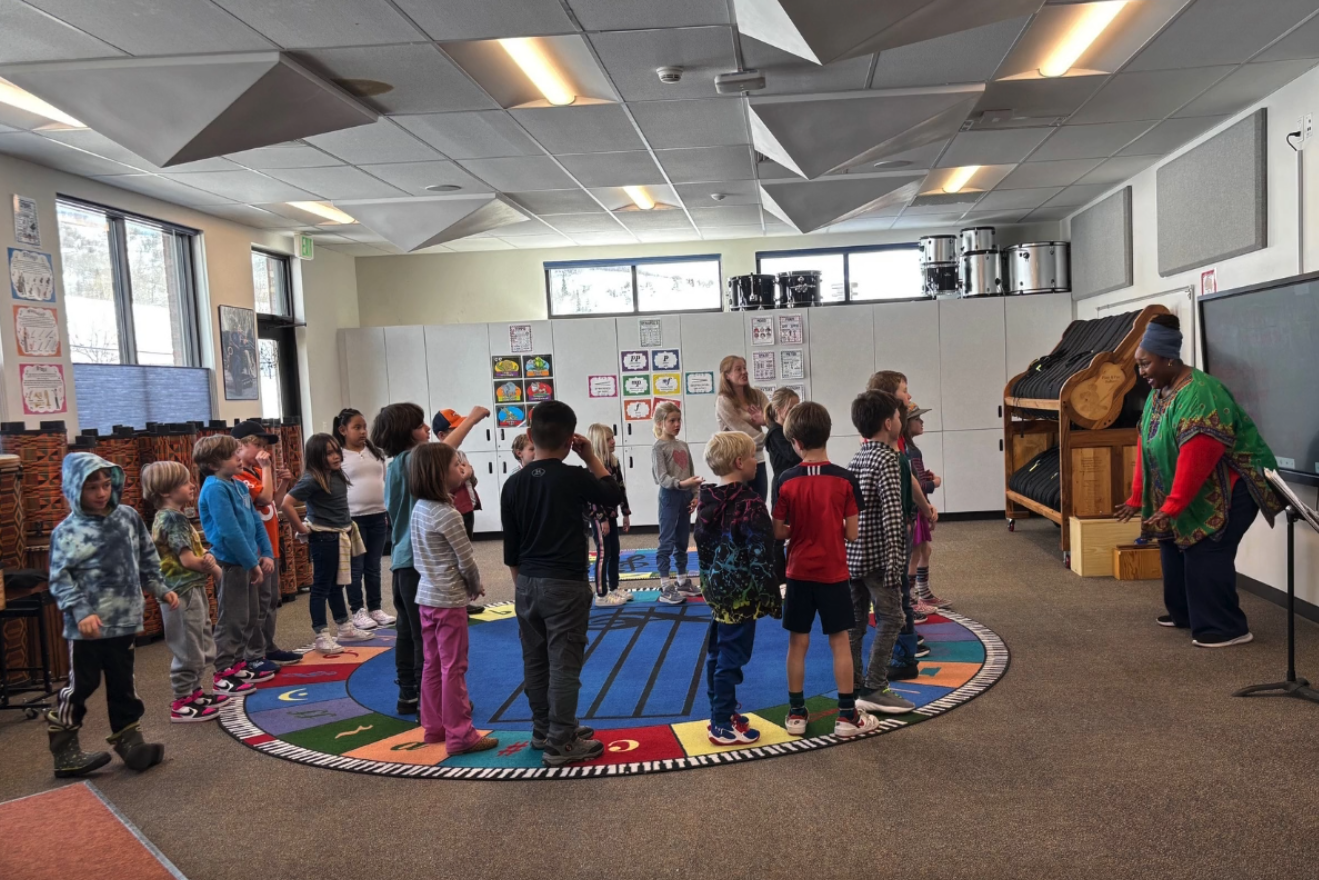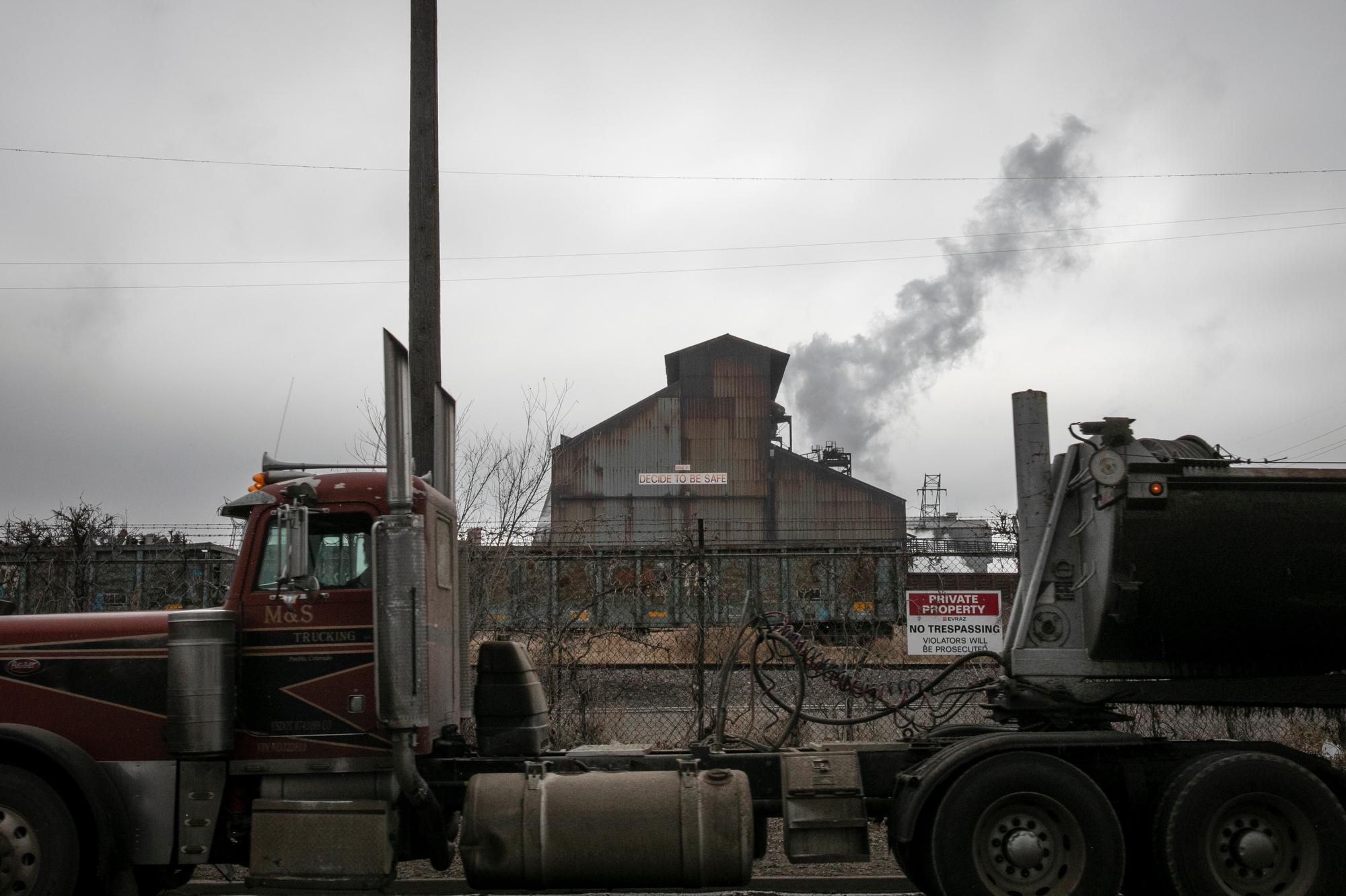
A new report calls on Colorado to help its most vulnerable residents prepare for extreme heat as the Earth warms.
The survey of diverse Denver neighborhoods by Healthy Air & Water Colorado found nearly a quarter of people with annual incomes below $35,000 lack access to cooling.
Commerce City councilmember and co-founder of Womxn from the Mountain, an Indigenous nonprofit, Renee Chacon calls it an equity issue.
“Where do we even have shading in spaces within these urban communities that they can cool down?” she said. “Half of our communities can't go to the mountains, where the air is much cleaner than where they live.”
The group surveyed nearly 900 residents in the city’s most vulnerable neighborhoods, including Valverde, Sun Valley, Elyria-Swansea, Westwood, Globeville and Northeast Park Hill.
The results documented the ways extreme heat inequitably hits lower-income residents and communities of color, causing a cascade of health problems.
“We can prove through so many forms of data how respiratory issues get exacerbated, circulatory issues get exacerbated,” said Chacon.
The survey found 24 percent of Black residents were likely to lack home cooling. That’s 10 percent more than white residents. The share of renters with no cooling is 20 percent more than homeowners.
More than two-thirds of city residents said there aren’t enough places to stay cool around where they live — they want more shade trees and access to parks and public pools. Most people polled said improved cooling would increase their quality of life.
“Every year it is hotter than the one before,” said Chacon. “We keep calling it a climate crisis, but it's ultimately a pollution crisis.”
“There's a disparity in access to cooling,” said Dr. Elizabeth Gillespie, from Denver Health, who is currently finishing her own research on extreme heat. The system cares for about a third of the city’s population and provides the highest percentage of care to uninsured patients of any metro Denver hospital.
“I see people who have respiratory conditions like asthma or chronic obstructive pulmonary disease, and they come in and they're having an exacerbation of this,” she said. “And there's really no other explanation, other than it was a hot day.”
When Denver was hit by smoke from Canadian fires last month, Gillespie recalled treating a Black Denverite who came into the hospital because she was having a hard time breathing due to the air quality. Others in her building were also complaining of breathing problems.
The physician said a subsidy to help those who can’t afford air conditioning or air filtration might help a lot.
“I think that we can do a lot to protect public health or the health of our patients,” Gillespie said. “We have evidence coming out every month or every year at least showing the relationship between heat and poor health outcomes.”
The group is calling on policymakers to take action. It recommends financial incentives and subsidies to help provide for the installation and operation of heat pumps, which are more energy efficient. And it calls for those financial benefits to be made more widely available in lower income neighborhoods, where residents are more likely to face extreme heat.
It also wants cities to invest in more trees, access to parks and expanded times of operation of public pools.
Chacon said a public pool in her city has been dogged by a variety of problems. It would make a big difference, especially when a heat wave hit, if it were open more reliably, she said.
“Are we providing outdoor equity with already known historically redlined communities?” said Chacon.
Temperatures in Colorado have clearly increased in recent years. That’s especially true in summer. The state is seeing increases in the frequency and intensity of heat waves, droughts and wildfire, according to the U.S Climate Resilience Toolkit, a study done by two Colorado universities of the state’s vulnerabilities.
Public schools in many Front Range cities are vulnerable to these changes, the report notes. Historically, schools around the state have not needed cooling; many lack air-conditioned classrooms.
“Colorado has warmed substantially in the last 30 years and even more over the last 50 years,” according to the Colorado Water Conservation Board. Temperatures are projected to rise another 2.5 degrees to 5 degrees by 2050. “This means the warmest summers from our past may become the average summers in our future.”
Since the turn of the century, Denver has recorded nine of the top 10 hottest summers, with the most days of 90-degree heat.









